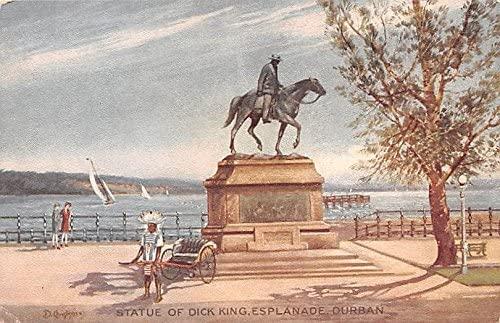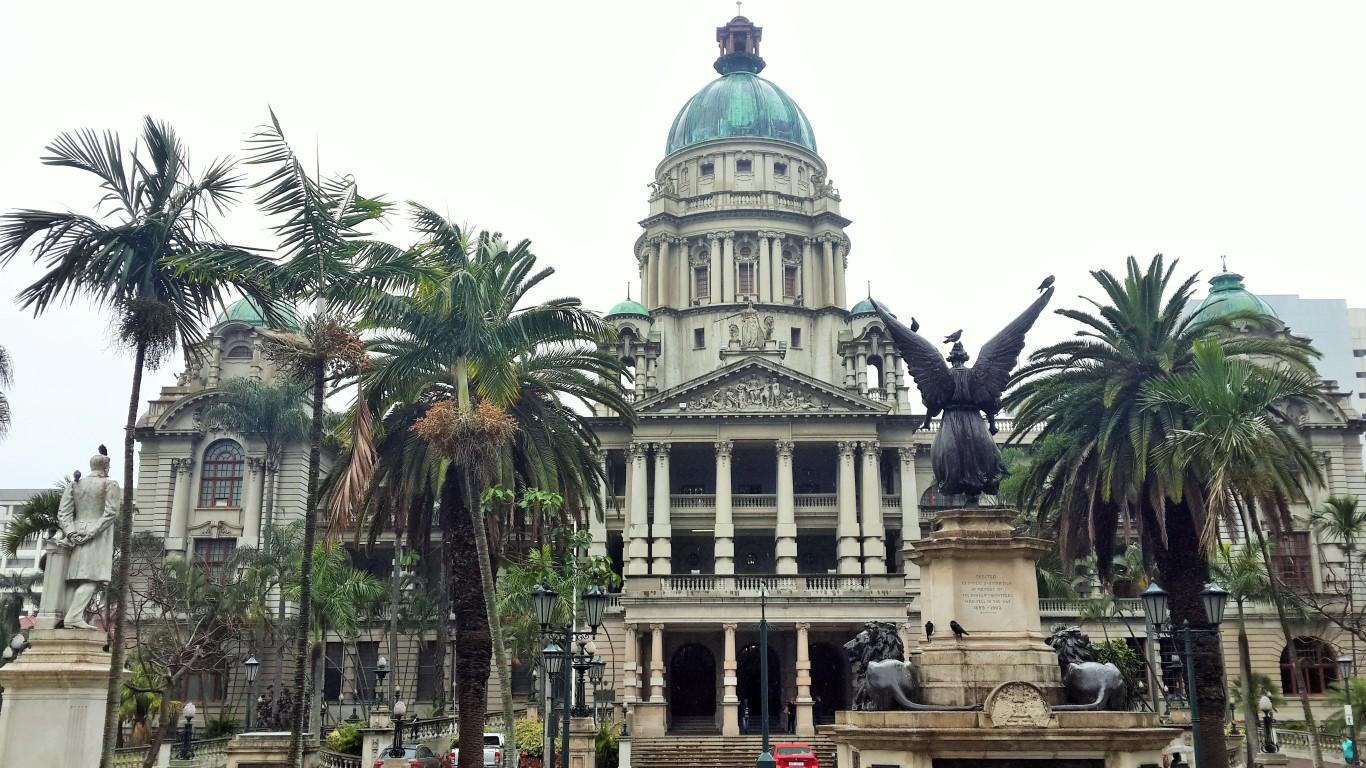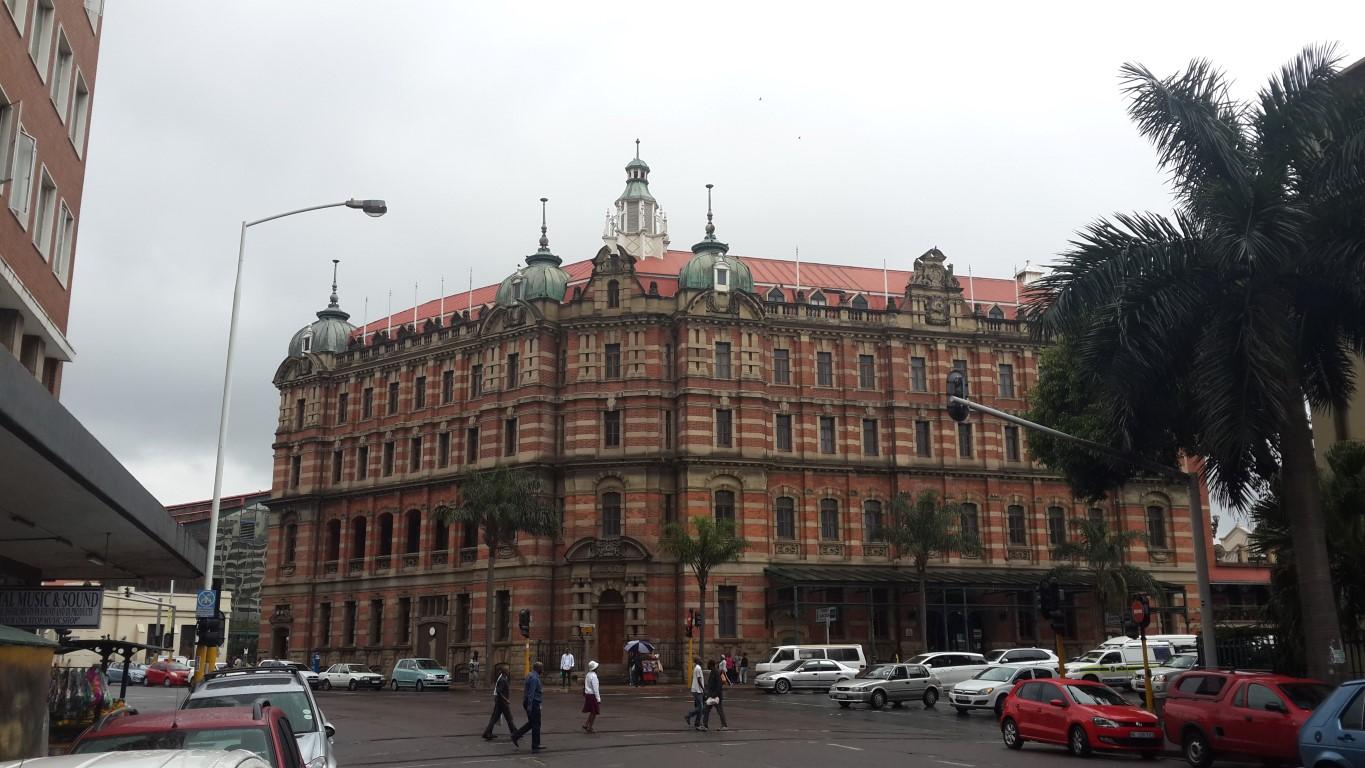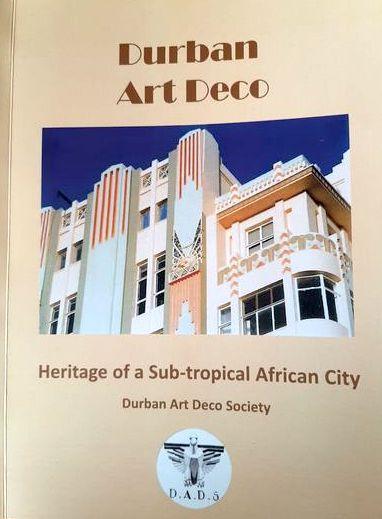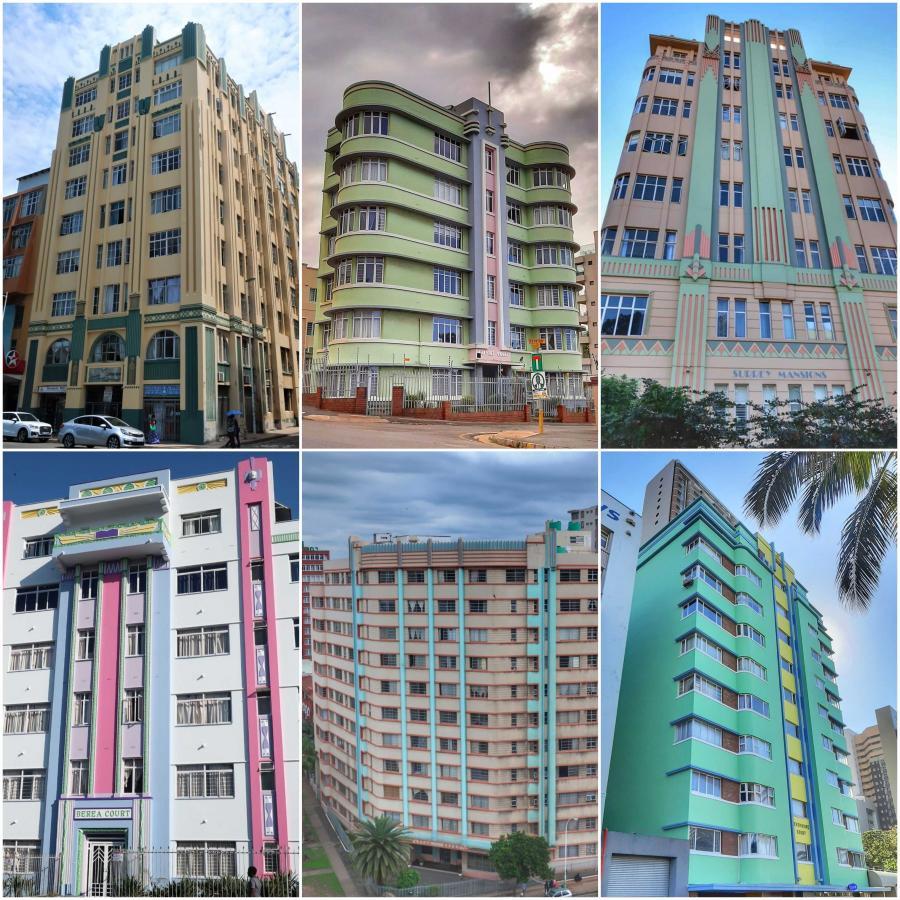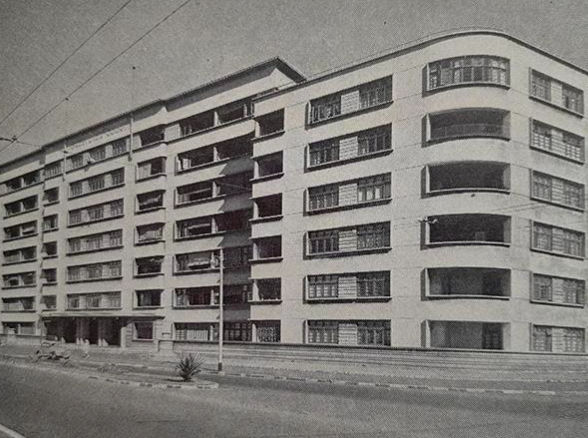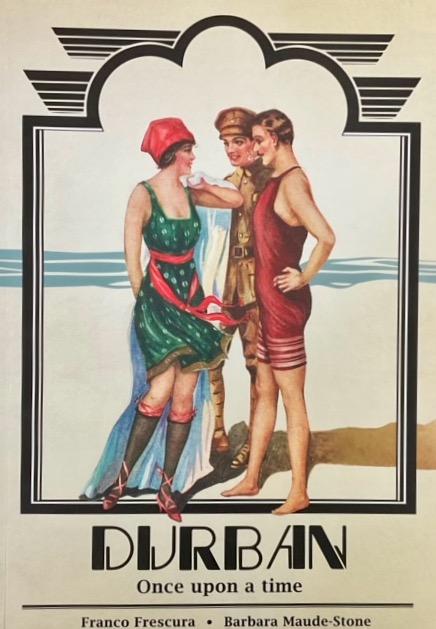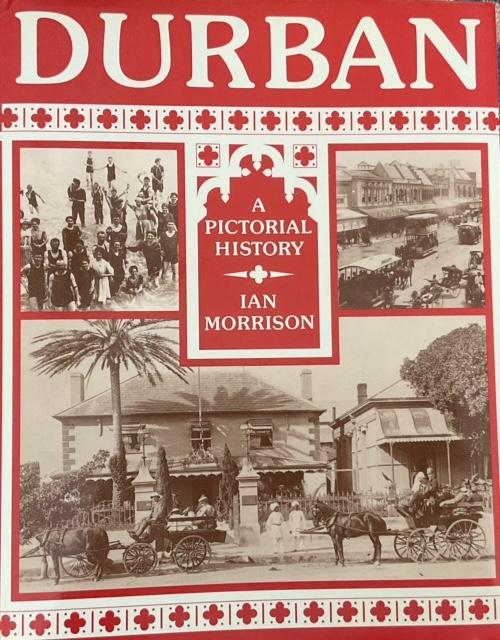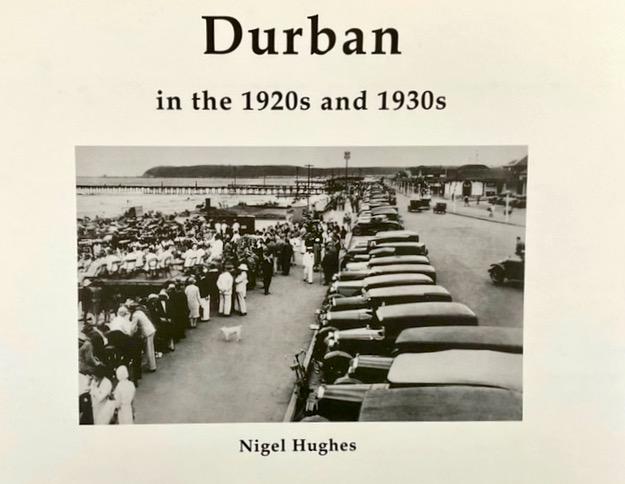
Many of us who are upcountry dwellers of a certain age associate Durban with that hot December humidity dripping ideal of the Christmas summer holiday. Or perhaps your favourite time in Durban is the racing season and the Durban July at Greyville race course. We look back on the fun of a Durban sojourn with some nostalgia. But very few of us around today go back beyond the fifties and sixties of the last century.
Nigel Hughes takes us back further in time to the 1920s and 1930s, when Durban was a leisurely tropical port town, but rapidly emerging as a popular holiday resort, a major South African shipping port and the hub of the South African sugar industry. Laurie’s Durban Directory for 1931 gave the total population for Durban as a mere 125 670 (a total covering all races). Durban in those days covered only 8 210 acres. It only became a city in 1935; it still retained its Victorian Colonial settler roots and proudly celebrated its history with the old Fort, Warriors Gate, the Dick King Statue and the Vasco Da Gama Clock. The thirties was also a decade of change when so many of those now celebrated Art Deco new apartment and office blocks in flamboyant modern style began to appear. Their geometry, decorations, finishes and flourishes on the facades burst confidently onto streetscapes on the Berea and downtown. The Depression years seems to have touched the city very lightly as these were years of a building boom when many of the early era solid Victorian and Edwardian buildings were demolished in favour of the new flamboyant style.
Old postcard of Dick King Statue
If the nostalgia of a bygone age appeals to you, you will find this book an absolute treat. It immediately conveys a sense of place of Durban as it was. It captures a moment in time and though the photos are mainly black and white, you can smell the sea air and feel gritty beach sand of South Beach and the salty spray of the Indian Ocean.
Nigel Hughes is passionate about Durban history and is a great collector of Durban photographs. This is his third book on Durban. All privately published, so no doubt there is a small print run. The outstanding quality of production of this volume will make it an immediate collectors’ item. He is careful to reference his sources, provide a useful Bibliography and offers a polished index.
The book sets out to capture the feel of Durban in the interwar years in photographic images from the author's own collection. He has divided Durban into four geographical areas: the Esplanade, the Beachfront, Central Durban and surrounding areas and the Bay. Each section is prefaced with a useful map. There is an overall plan of the town facing the title page (but it’s too small to read comfortably and has no date). A fold out large scale plan would have added immensely to positioning the pictures.
The book is an attractive social history with considerable detail and good research revealed in the captions to the photographs.
Durban has changed so rapidly in the last twenty years. The streets have been renamed and if one grew up in Durban fifty years ago (it was my husband’s home town), there is a strange feeling of disorientation as the familiar names of colonial times have disappeared to be replaced by the names chosen by a new political elite. But beneath the surface, old Durban is still there... the Cenotaph, the City Hall, the Railway station are still points of orientation.
Durban City Hall (The Heritage Portal)
Durban Railway Station (The Heritage Portal)
Concentrating on the interwar period, it makes a fine companion to the recent Durban Art Deco Society’s publication on the many fine Durban Deco buildings.
Publication cover
Durban Art Deco Buildings (Alison Chadwick)
If you want to recall Durban as it was some ninety years ago, this book offers a combination of nostalgia, atmosphere and an informative record of a disappearing past.
The photographs are mainly black and white and each photo merits careful study. One wants to spend minutes pouring over the picture or return often to notice something new. The beauty of the book is that each photo is given a full A4 page (tipped sideways) and each image is accompanied by a concise and informative description on the facing page. One of my favourite photos is the aerial view of the Marine and the facing Twine’s Hotel on the Esplanade, corner of Gardiner Street taken in 1932. It conveys a sense of place with the atmospheric view from hotels to bay and back towards the town. Later in 1936, a double railway line alongside the Bay was completed and the Dick King Statue took up residence not far from the Marine Hotel, but those prominent and fashionable hotels on the Esplanade seem to have become far more distant from the bay. The coconut palms and the parked fashionable cars of the thirties make the period tropical atmosphere steam off the page. The aerial view of Snell Parade and the Amphitheatre dates from 1945 but is worthy of inclusion because it’s a panoramic view of Durban from the beach side and I particularly liked the view of Grosvenor Court as that was a classic deco block designed by the Johannesburg firm that capitalised on “modern design” , Kallenbach, Kennedy and Furner.
Grosvenor Court
There are some buildings that we would regard as “heritage“ but have disappeared, such as the Borough Market which was demolished, possibly in the early 1940s so a clear photo (circa 1933) becomes a vital historical record.
I am delighted to add this fine photographic book to my Durban collection. It complements two other books in this genre. The first is Durban: Once upon a Time by Franco Frescura and Barbara Maude-Stone which drew heavily on various postcard collections and concentrated on the pre 1913 years.
Book Cover
There is also the earlier photographic book, Ian Morrison’s Durban: A Pictorial History. It is an important visual record of Durban.
Book Cover
The value of Nigel Hughes book lies particularly in the photograph as art treatment given to his selection of personal favourites. I doubt that many of these photographs have been published in this large size format since their original appearance and are a superb treat.
Copies of the book may be obtained from James Findlay at the Rand Club or ordeeed direct from Nigel Hughes at R550 (plus R100 for post net delivery) at mertrade@iburst.co.za.
Kathy Munro is an Honorary Associate Professor in the School of Architecture and Planning at the University of the Witwatersrand. She enjoyed a long career as an academic and in management at Wits University. She trained as an economic historian. She is an enthusiastic book person and has built her own somewhat eclectic book collection over 40 years. Her interests cover Africana, Johannesburg history, history, art history, travel, business and banking histories. She researches and writes on historical architecture and heritage matters. She is a member of the Board of the Johannesburg Heritage Foundation and is a docent at the Wits Arts Museum. She is currently working on a couple of projects on Johannesburg architects and is researching South African architects, war cemeteries and memorials. Kathy is a member of the online book community the Library thing and recommends this cataloging website and worldwide network as a book lover's haven. She is also the Chairperson of HASA.

